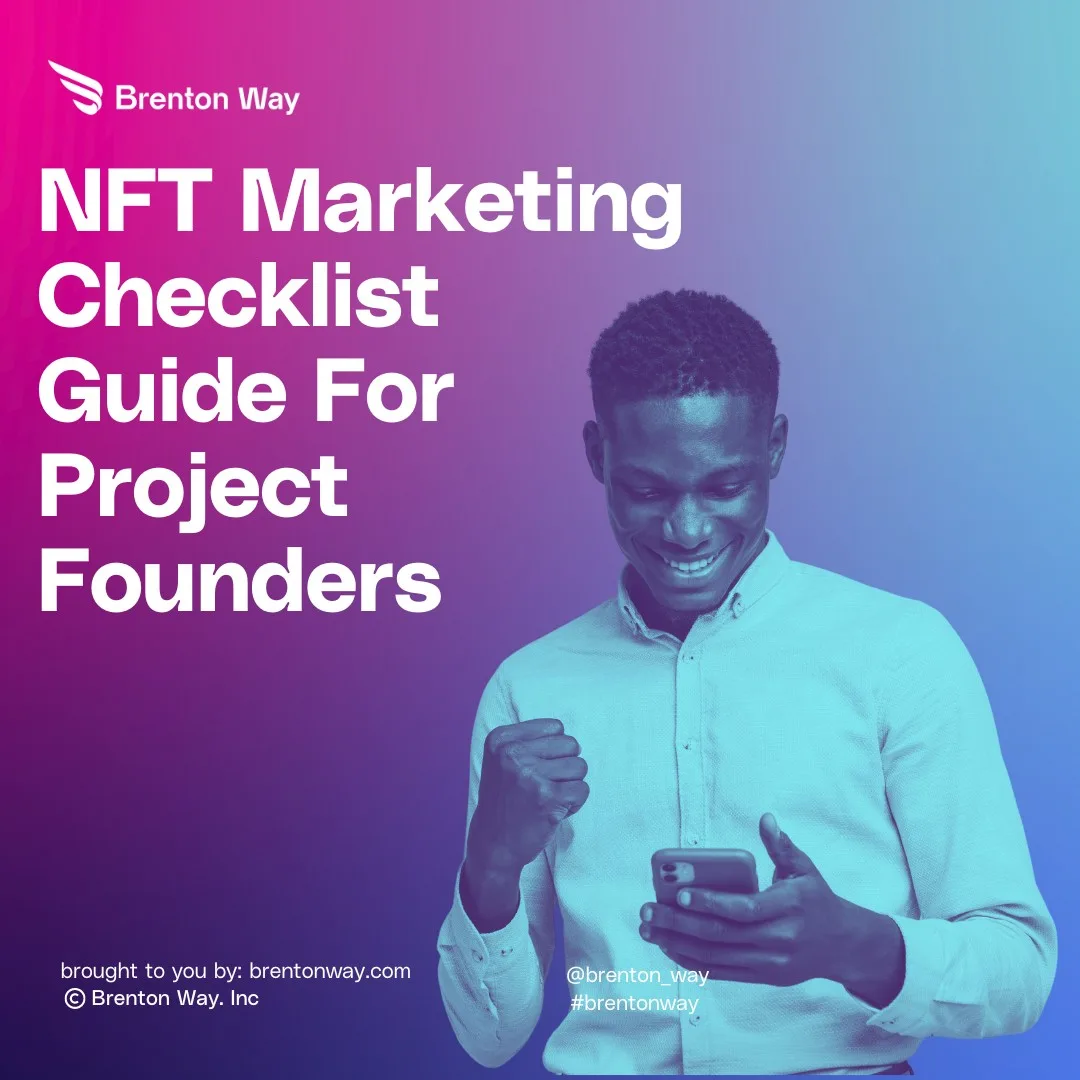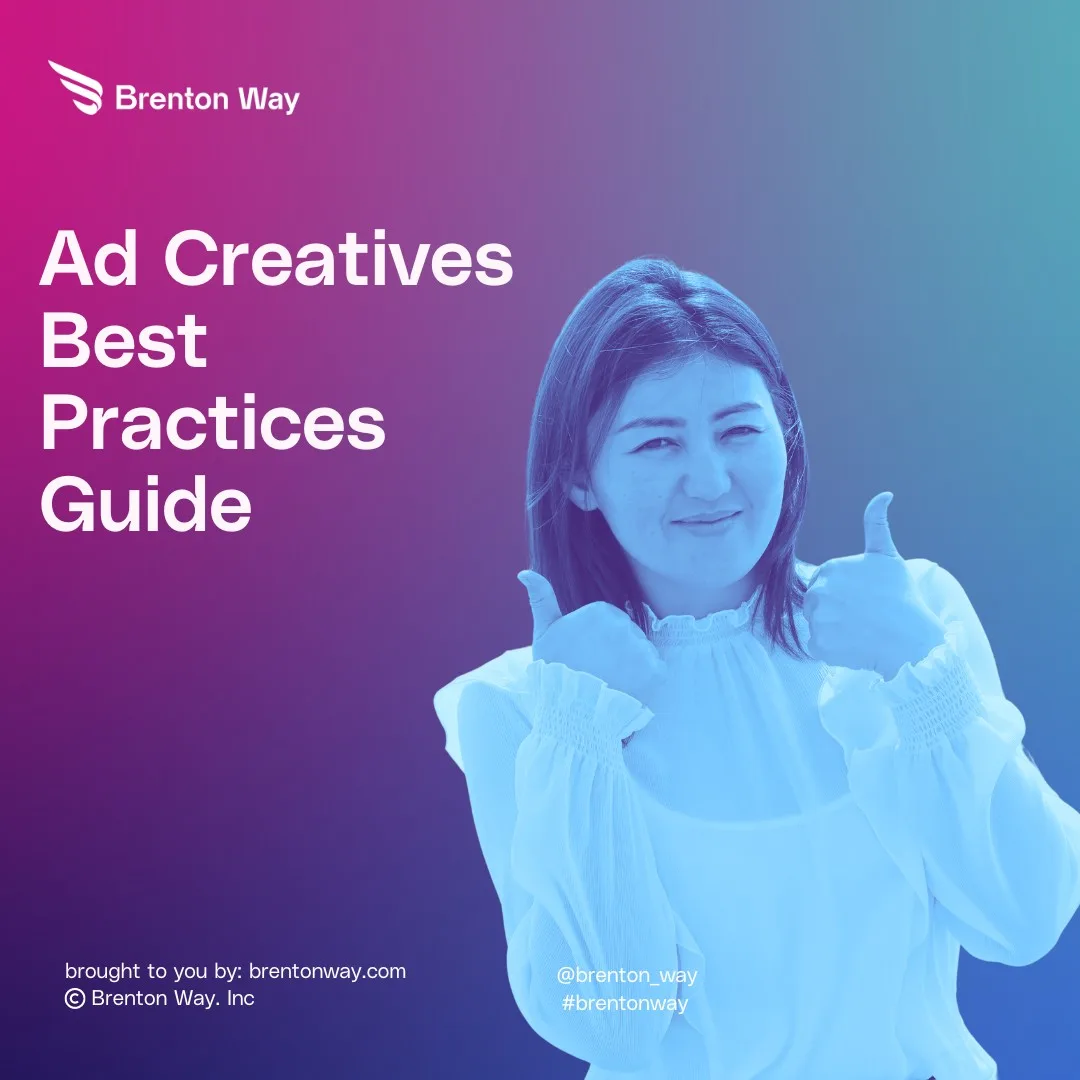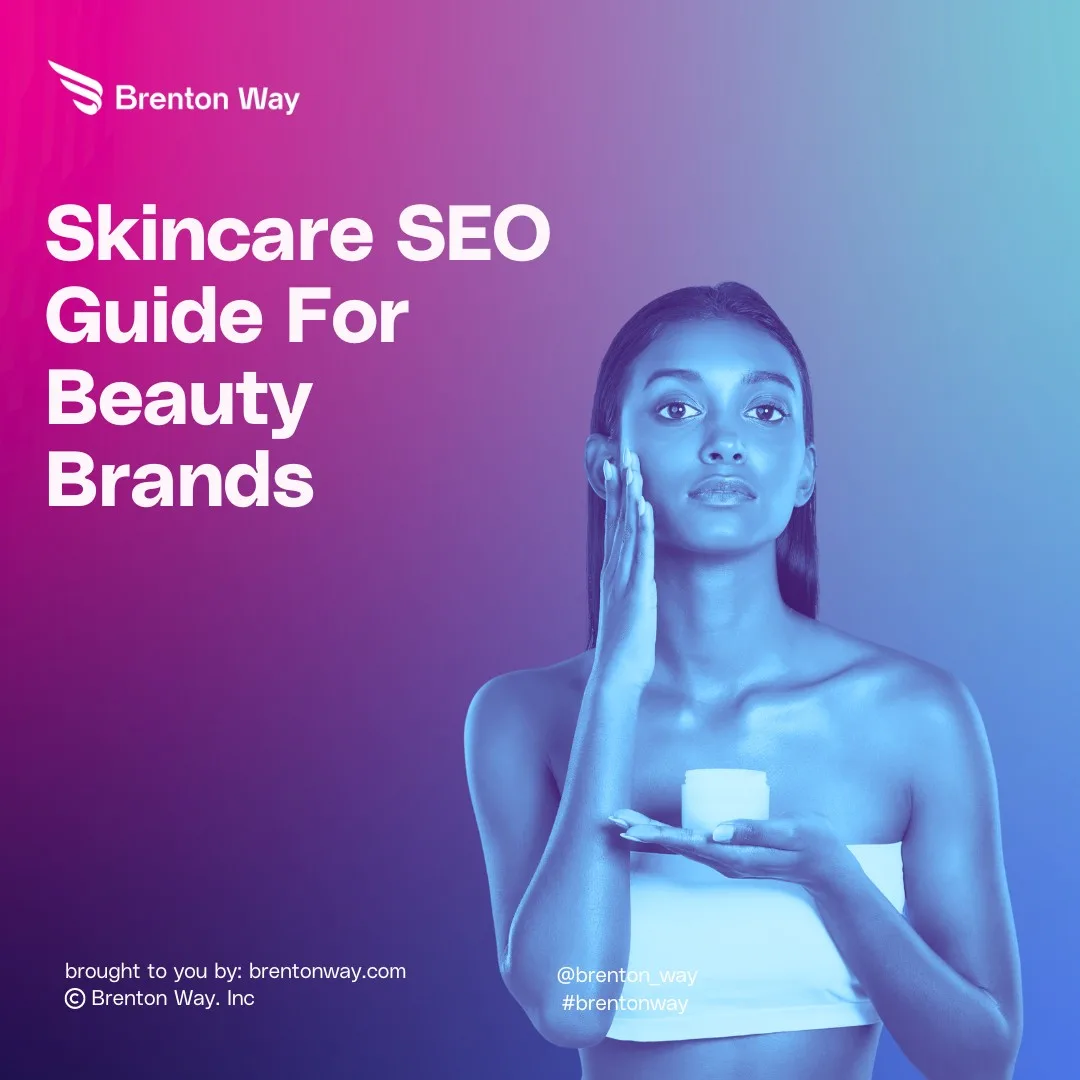
There’s nothing transactional about dentistry. When someone chooses a dentist, they are choosing someone to accompany them through life’s routines and its big moments, from first cleanings and wedding day whitening to emergency root canals and even the quiet vulnerability of losing a tooth. Dental marketing, when done right, isn’t about flashy gimmicks or limited-time […]
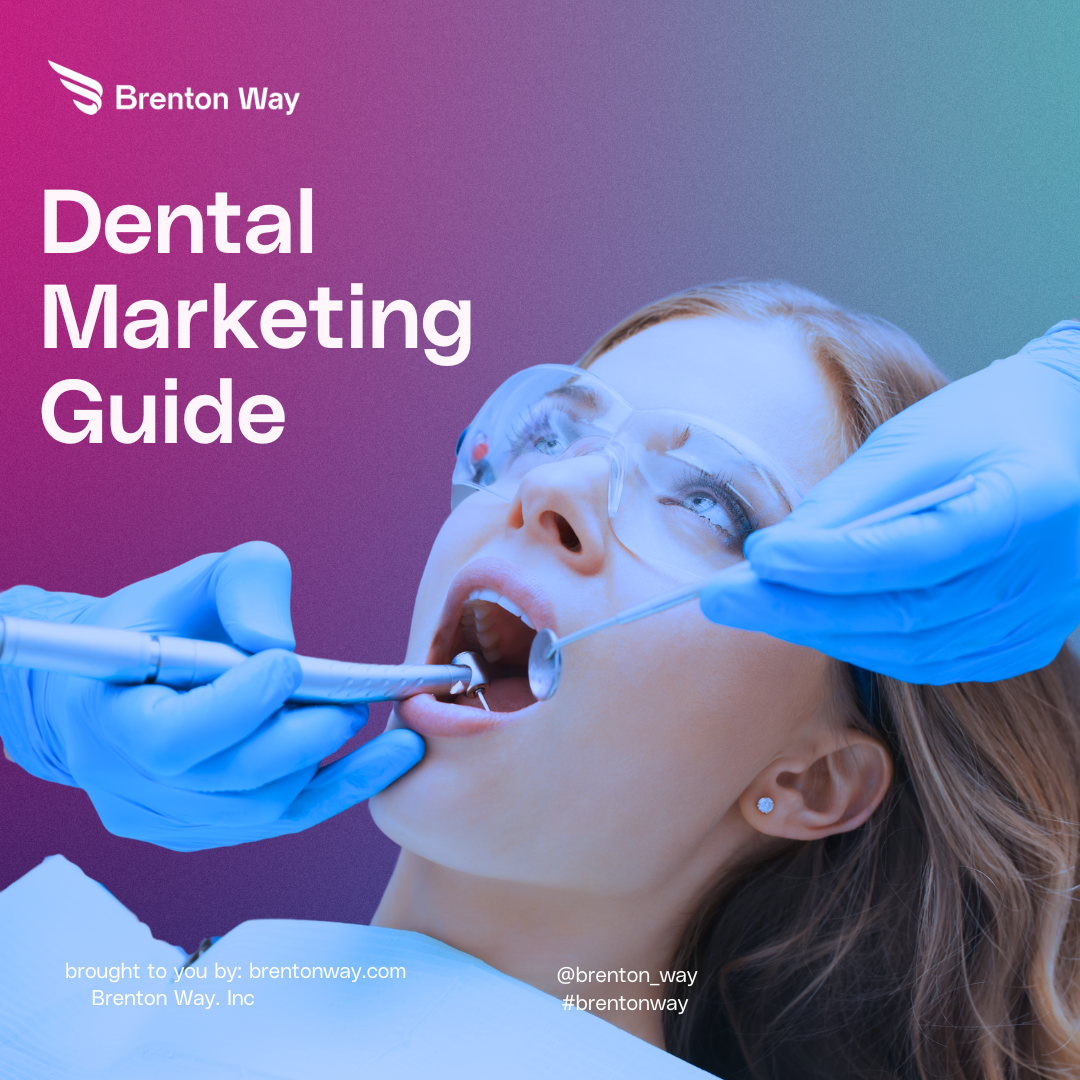
There’s nothing transactional about dentistry. When someone chooses a dentist, they are choosing someone to accompany them through life’s routines and its big moments, from first cleanings and wedding day whitening to emergency root canals and even the quiet vulnerability of losing a tooth.
Dental marketing, when done right, isn’t about flashy gimmicks or limited-time deals. It’s about building trust before the patient ever sits in your chair. It’s about making sure the right families, professionals, seniors, and first-timers in your community know that your practice is safe, skilled, and deeply rooted in care.
Let’s walk through how to build that kind of online presence, one that feels human, credible, and aligned with the real needs of real people.
In a competitive landscape, what makes someone choose you? Not just once, but again and again?
It’s easy to think branding starts with a logo, but it really starts with clarity. Before you post on Instagram or launch a Google ad, you need to define who you are as a practice and what kind of experience you want to create.
Ask yourself (and your team): Why would someone choose us over the dozens of others in town?

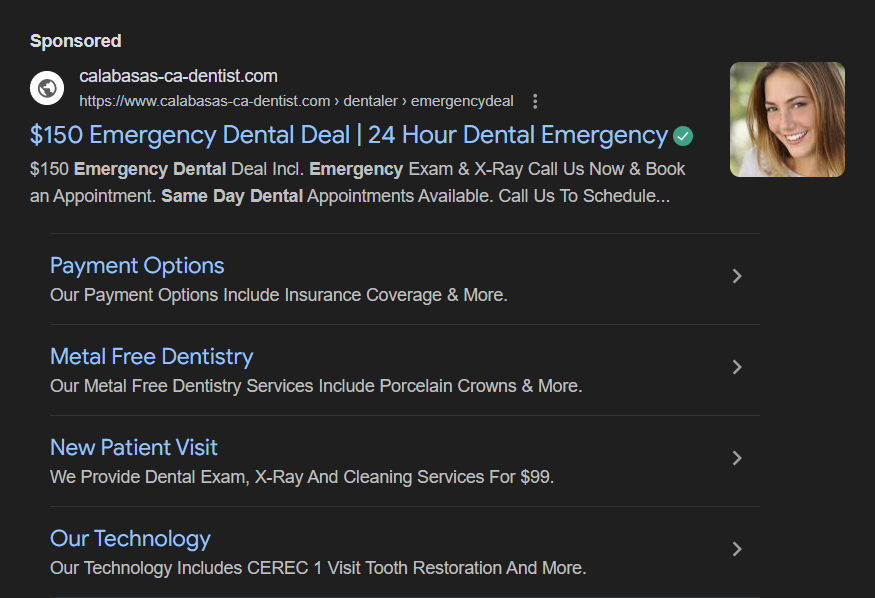
Write it down. This is your promise, and it should be reflected in everything from your front-desk script to your homepage.
Once you have clarified who you are, make sure your brand visuals follow suit. Warm, earthy tones suggest approachability; crisp, clean blues and whites suggest precision and professionalism.
There’s no “right” color; it depends on the feeling you want to create.
Use the same tone across your materials. If your dental practice prides itself on making kids laugh during checkups, your website and emails should sound conversational and kind, not robotic or overly clinical.
In today’s world, your dental website is often the first impression your potential patients have of you. And just like a real visit, it can either feel warm and simple or overwhelming and impersonal.
Over 60% of local searches happen on phones. If your site isn’t responsive, loads slowly, or requires zooming to read, most users won’t stick around.
But it’s not just about speed. It’s about clarity:
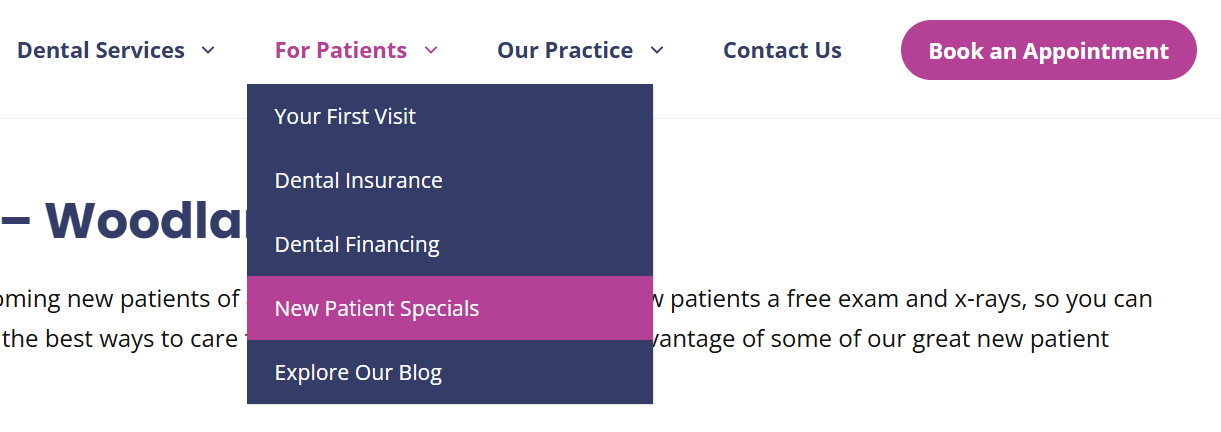
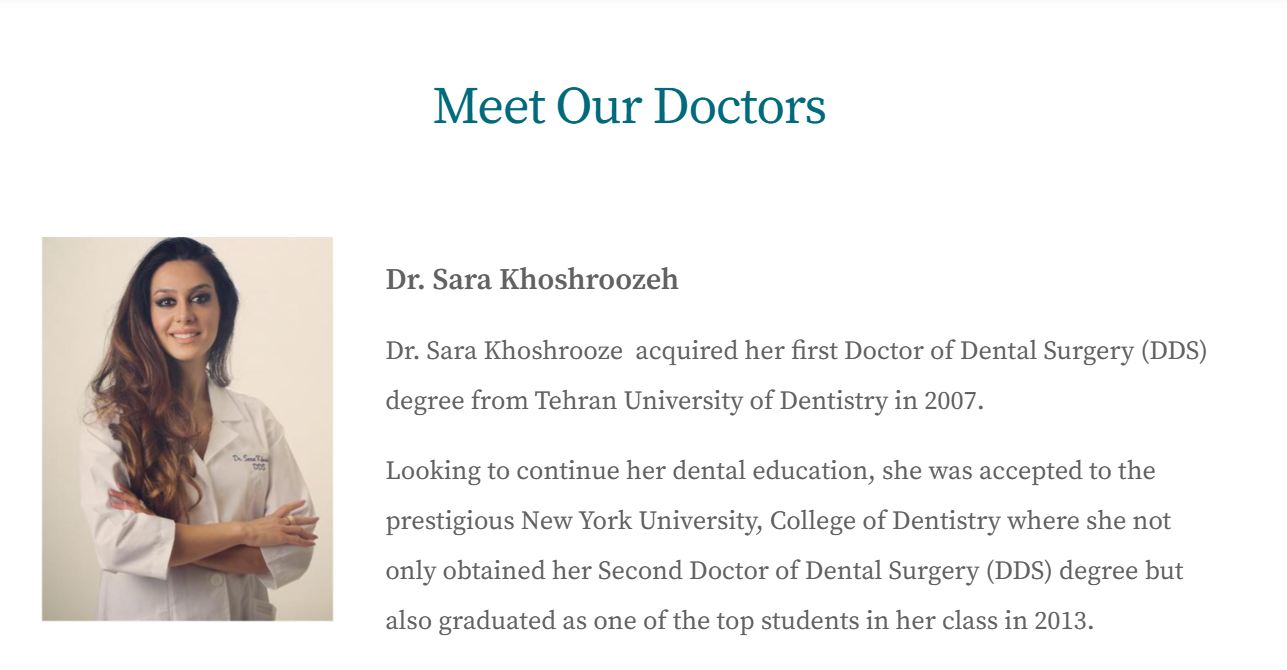
A “Book Now” button should be easy to find, but it shouldn’t shout.

Pair it with language like:
Patients appreciate feeling guided, not sold to.
Optimize with intent:


Dental SEO starts here, but we’ll get into more detail next.
People don’t search for “a good dentist.” They search for “best dentist near me open Saturday” or “Invisalign teen Plano TX.” Your search engine optimization strategy should reflect real searches made by real people in your area.
This is critical. Google My Business listing is often the first thing that the target audience sees, and many never even click past it.
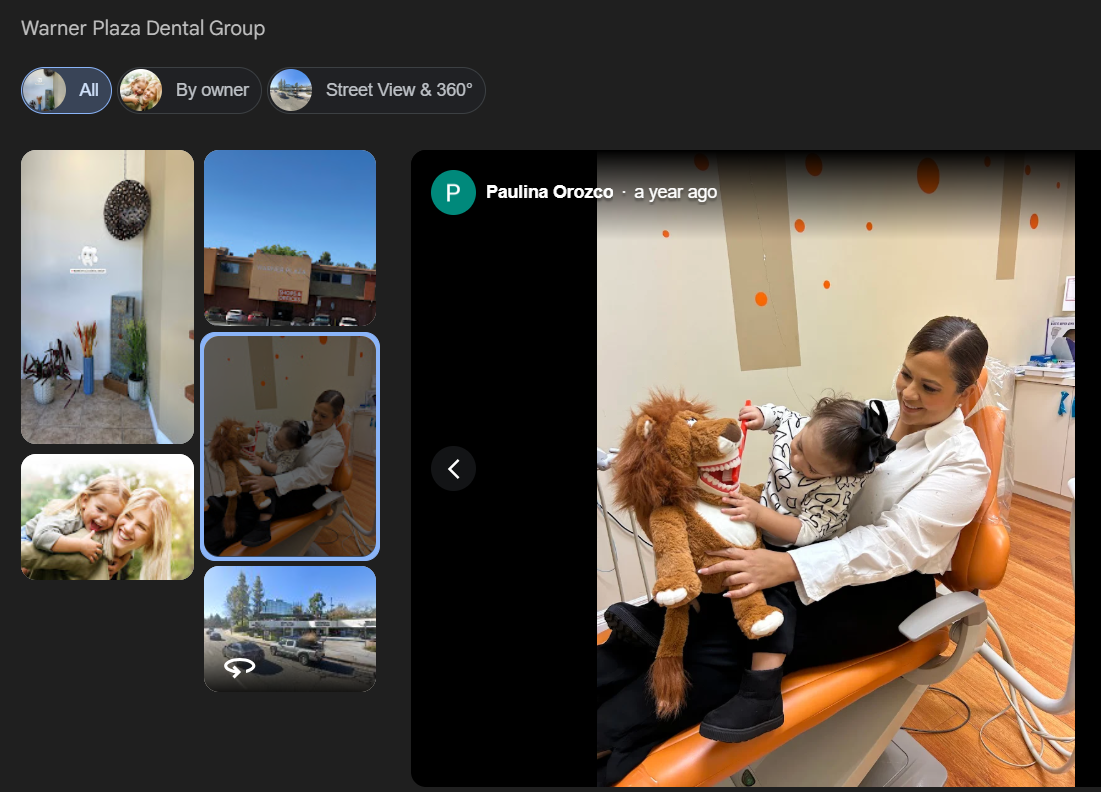
Your Name, Address, and Phone number should be identical across:
Inconsistencies, even minor ones like “Street” vs. “St.”, can harm your healthcare SEO and confuse patients in your area.
Patients want to hear from other patients. Encourage feedback and positive reviews through follow-up emails or cards. Make it easy, but never put pressure on.
And always, always respond, even to the negative ones. Not defensively, but kindly. How you handle a tough review says more about your practice than the review itself.
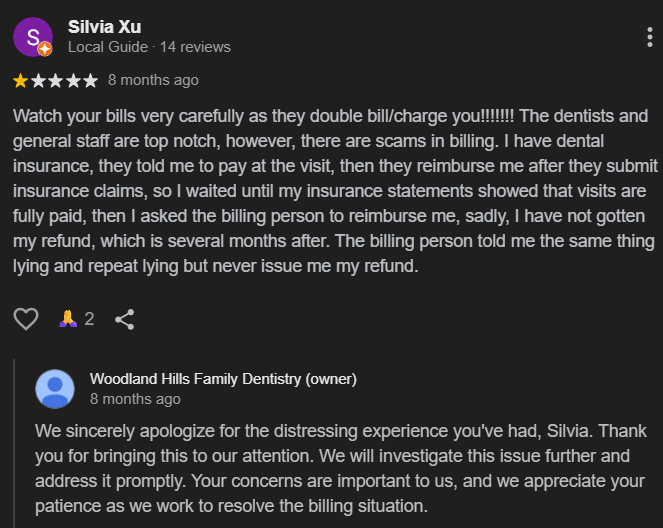
One of the most powerful ways to build trust with patients, especially those who are still deciding, is through education.
By answering questions, demystifying dental procedures, and speaking in plain language, you position yourself not just as a dentist but as a guide.
Instead of dry medical jargon, write blog posts that sound like what you’d say to a patient in the chair:
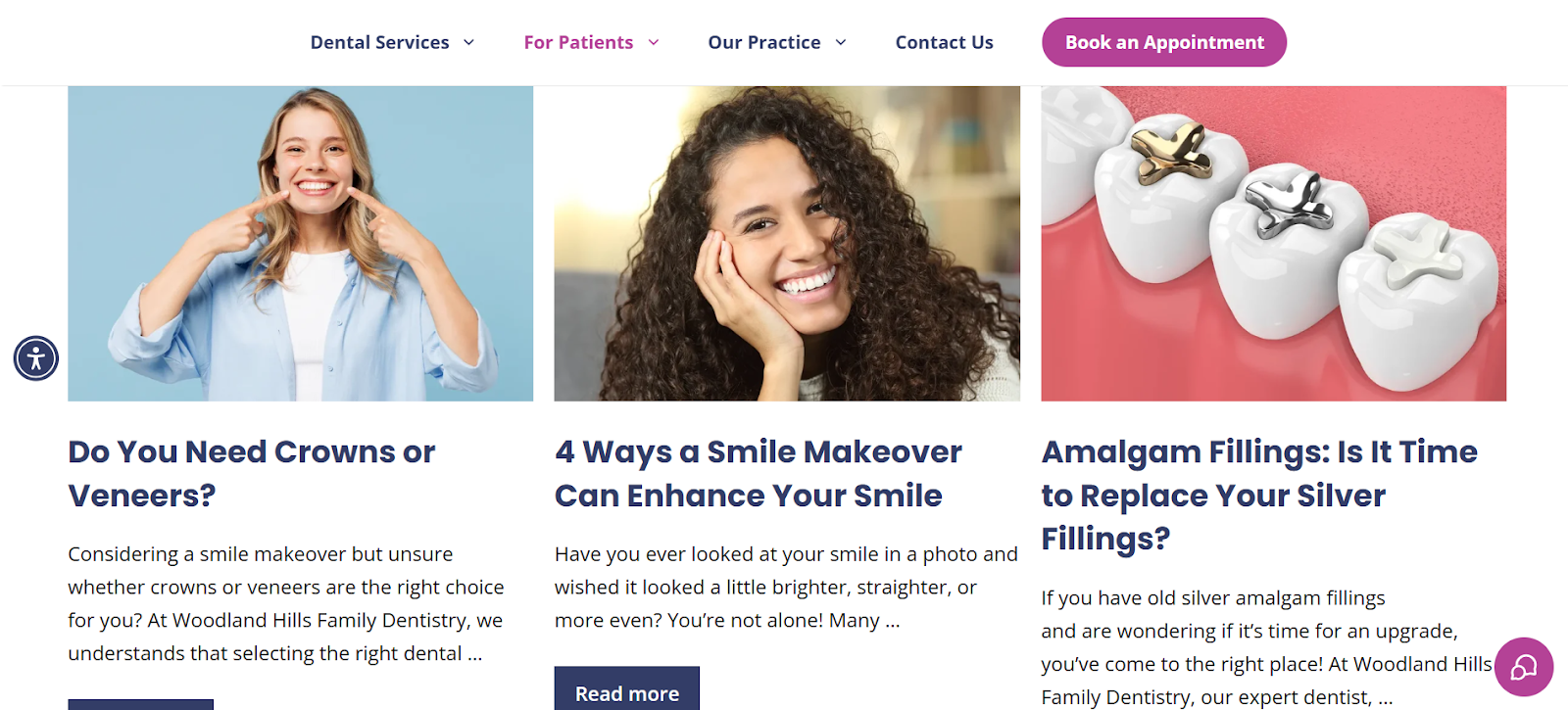
Be generous with your knowledge. Patients aren’t just looking for services, they are looking for someone who can help them make sense of their options without judgment.
Short videos can calm nerves, showcase your space, and put a human face to your team:
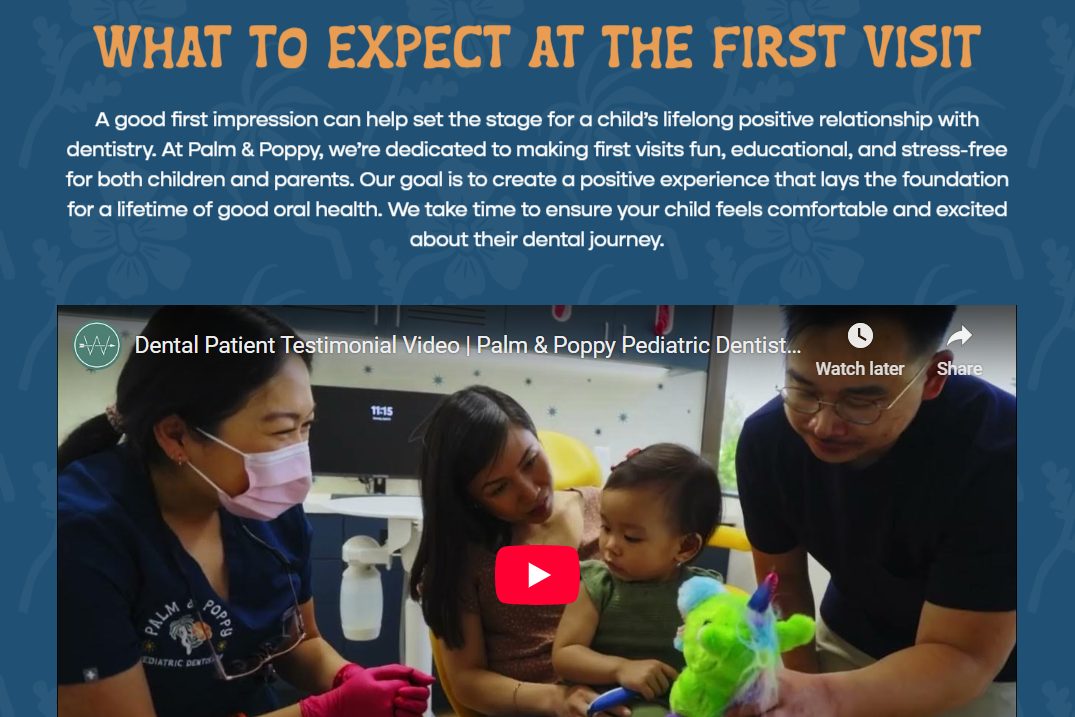
These don’t need to be professionally produced. In fact, a little authenticity can go a long way.
Posting a special offer is fine, but what really builds community is content that feels real and consistent:

When people scroll past your posts, they should feel like they’re getting to know you, not just your prices.
Medical advertising isn’t about shouting louder; it is about showing up in the right place, at the right time, with the right message.
Target high-intent keywords like:
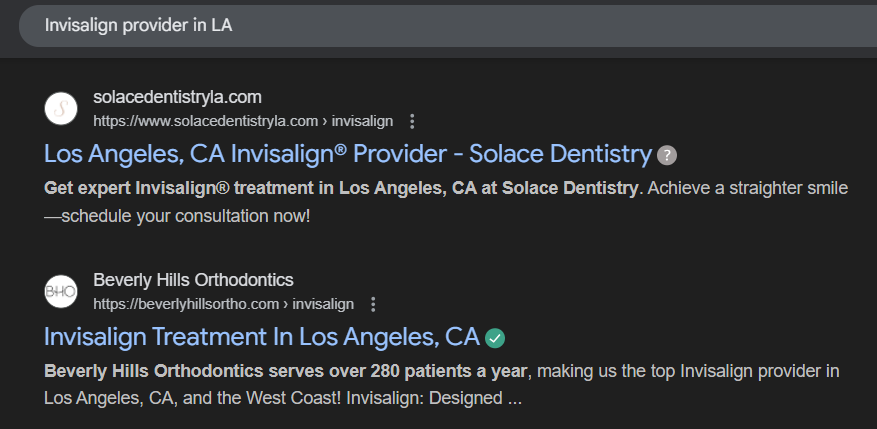
Keep ad copy clear and helpful: “Same-day appointments available,” “Book online in 30 seconds,” or “We accept most major insurances.”
And always link to a landing page that delivers what the ad promised. That’s where many dental ads fall flat.
Healthcare social media ads are great for introducing your practice to new people who aren’t actively searching but could be open to switching providers or bringing in their kids.
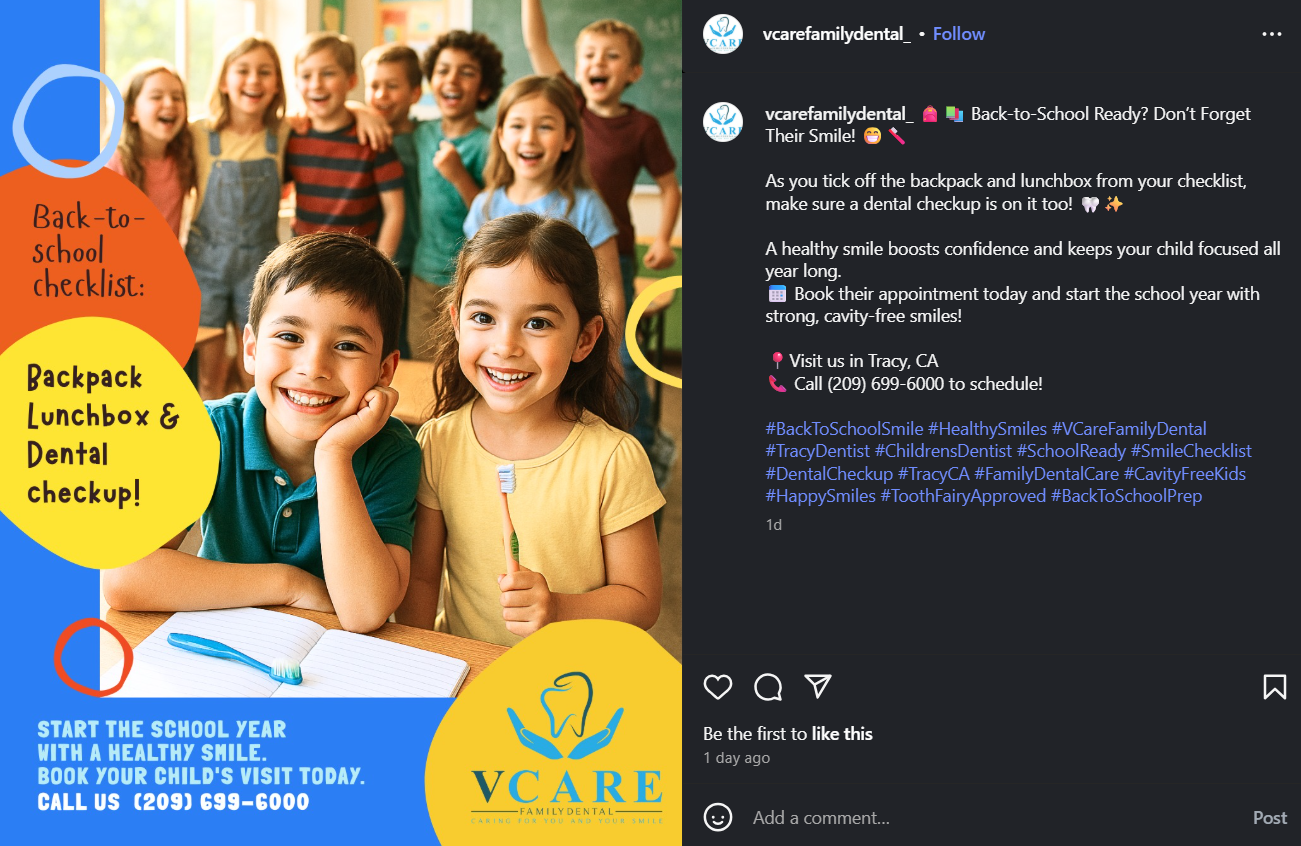
Use targeting options to hone in on families, new movers, or specific zip codes.
Most people don’t book on their first visit to your website. Retargeting ads gently remind them:

These small nudges can be the difference between a bounced visit and a lifelong patient.
You can have the best branding and most polished website in town, but if your patient experience feels rushed, disorganized, or transactional, they won’t return. And worse, they won’t refer.
People remember small things, especially when they feel seen and valued.
Consider a referral card or small thank-you gift when someone brings a friend. Or build in low-effort loyalty programs like:
Even a handwritten note can leave a big impression.
Give patients a chance to share their experience via surveys, QR codes, or follow-up emails. But don’t just collect feedback. Act on it. If someone says your waiting room music is too loud, or your forms are confusing, take it seriously.
You are not just offering dental care, you are crafting a complete experience.
Your visibility in the community isn’t just good PR; it builds authentic relationships and creates trust long before someone becomes a patient.
Sponsor a kids’ soccer team, donate to a school raffle, or hand out free toothbrushes at a health fair. Show up with your team, not just a banner.
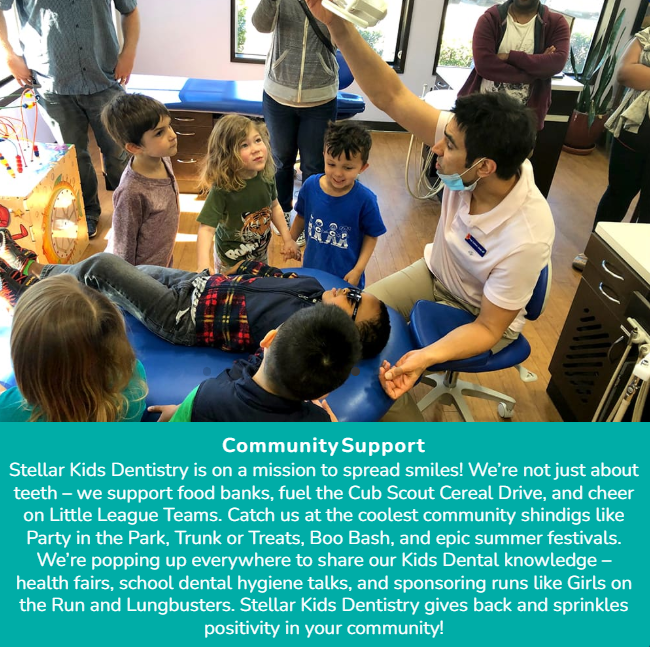
Offer free dental health workshops at schools or senior centers. Partner with local pediatricians or family physicians for joint events. These don’t need to be fancy; they just need to be consistent.
When people see your name in places that matter to them, it becomes familiar and familiar becomes trusted.
Got a new associate? Renovated your office? Added a new service like sleep apnea screening or laser dentistry?
Send a short press release to your local paper, chamber of commerce, or even neighborhood Facebook groups. Local media loves spotlighting small businesses with a community mission.
You don’t need fancy dashboards to understand what’s working. You just need to track the right things consistently.
Ask patients directly:
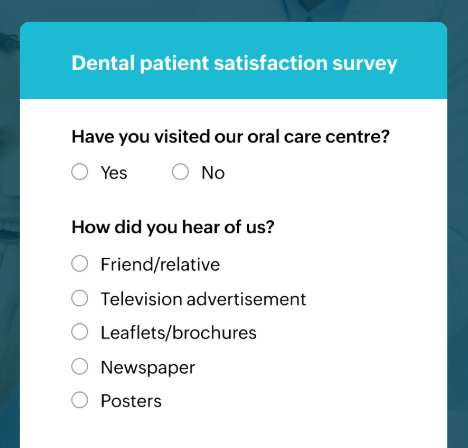
You’ll be surprised how often small changes make a big impact.
Don’t panic if one Instagram post flops or a blog doesn’t get traction. Marketing is about patterns, not perfection. Look at what’s working overtime and double down on it.
Dental marketing is regulated, and more importantly, it should be grounded in truth.
Never share patient information or photos (including success stories) without obtaining explicit written consent. Use secure platforms for online scheduling and emails.
Don’t guarantee results, promise high standards of care. Phrases like “painless dentistry” or “perfect smile guaranteed” can land you in hot water. Instead, focus on transparency and education.
Patients value honesty more than hype.
| Week | Activities |
| Week 1 | Publish a blog on summer dental tips + update Google Business photos |
| Week 2 | Launch a Facebook ad for back-to-school cleanings + send patient newsletter |
| Week 3 | Share behind-the-scenes staff video + start planning a community booth |
| Week 4 | Review feedback + refresh homepage content + follow up with new patients |
At the heart of dental marketing is the same thing that powers excellent dentistry: relationship-building.
People choose providers who feel honest, accessible, and consistent. They stay when they feel remembered and cared for. Your marketing doesn’t need to be flashy; it just needs to be real.
Focus on serving, not selling. Educate, listen, and show up for your community. The rest will follow.

